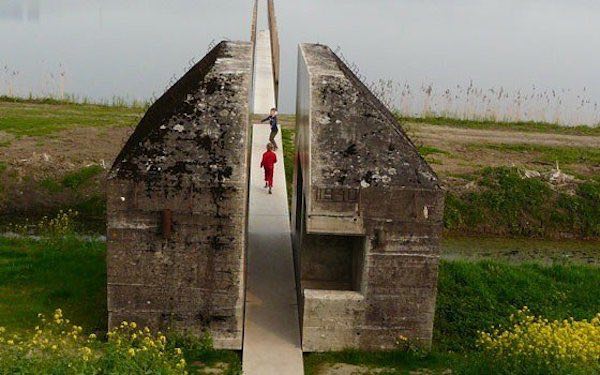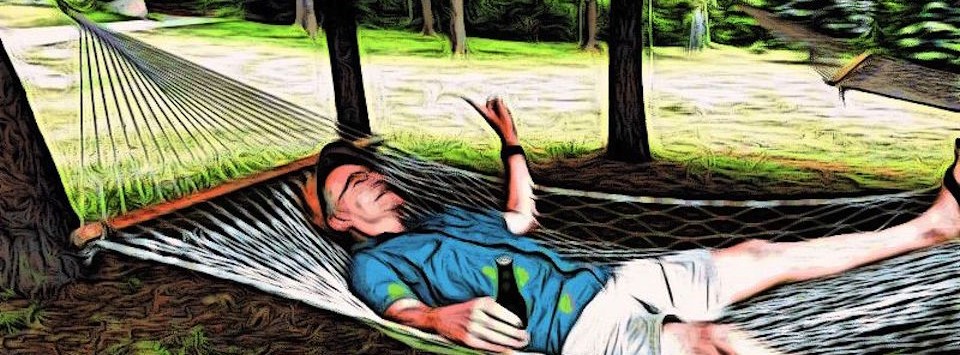Animal Intelligence and Language
Part 1: Birds of a Feather

Alex, Talking About Things
Ever heard of Alex the grey parrot? Alex could supposedly use language, though his owner, animal psychologist Irene Pepperberg, quite cautiously claimed he could use a “two-way communications code.”
That, you know, involved Alex understanding more than a hundred words.
He could identify more than fifty different objects (and could even tell you what color it was or what material it was made of), could count to six, and even knew how to apologize and when it was appropriate.
Alex could invent names for things (he called apples “banerrys,” presumably a combination of banana and cherry, which he was more familiar with).
Every night, as Pepperberg left the lab Alex lived in, he'd tell her, “You be good, see you tomorrow. I love you.”
They were the last words he ever spoke to her. He died in his sleep at age 31.
So why, exactly, did Pepperberg refuse to say Alex used language?
Well, it's because of linguists. Or, more precisely: the animal intelligence debate, and the role linguists and animal cognitive scientists play. The debate is a complicated, in-depth, challenging thing, and trying to summarize doesn't do it justice. But I’ll give it a shot.
Essentially: Animal cognitive scientists believe that animals might be capable of using language, while linguists don't. (There are, of course, dissidents on both sides, but those are roughly the camps.)
Alex the grey parrot is hardly alone as evidence for animals being able to speak language. Gorillas and other great apes, for example, have been taught to speak sign language. Dogs and many other domesticated animals can learn extensive commands in human languages, though how much is them actually understanding and how much is them just learning behavioral triggers is a point of massive contention.
All that being said, Alex is the only known animal to have been able to ask questions, so that somewhat leans things back toward the linguist side of the argument, outside of Alex himself.
Here's the tricky bit, though: all of the above are animals trying to speak human languages, not humans trying to understand animal languages.
_________
Next time: Animal Intelligence and Language, Part 2: Groundhog Day
The Yard Ramp Guy®: Back to Yard Ramp Basics
This week, my friend The Yard Ramp Guy waxes in a fine way about the beautiful simplicity of the yard ramp. Honored that he quotes me in the piece.
Check out his new blog HERE.

What Happened to Everyone?
Why Cahokia Went Down

Civilization & Its Discontent
One thing that happens to me—often—as I get older:
Learning that something I was taught in school was completely wrong. As you get older, it’ll also probably happen to you more and more, as well. We have more scientists and other researchers than ever before (in fact, 90% of all the scientists who have ever lived are alive today). So, human knowledge is advancing faster than ever.
Plate tectonics was only discovered in the 60s. There are tons of people alive today who were taught nothing about it; they often learned those older, incorrect models of geology.
The most recent thing I learned that I'd been taught wrongly? America before Columbus.
When I was a kid, we were taught that America was a wild, largely empty place, with just a few Native Americans wandering around—like a small group of people alone in a stadium. As it turns out, though, that stadium was pretty packed.
Charles C. Mann's excellent book 1491 is an exploration of recent historical and archaeological study into the pre-Columbian Americas. It turns out that massive, densely populated civilizations abounded in the Americas. The city of Cahokia was the size of London around the time Columbus showed up, and it was located near modern-day St. Louis.
The Aztec and Incan Empires both had populations comparable to many European nations at the time. Countless souls lived in massive cities in the Amazon rainforest. These last are the most mysterious of the lot, since it's such poor territory to preserve archaeological remnants. As we find more and more information on them, it becomes more and more apparent how impressive they must have been.
So, what happened to everyone? Well, in a single word: disease. Apocalyptic outbreaks of smallpox, syphilis, malaria, and more, all brought by Europeans, raced across the Americas, wiping out an absolutely terrifying 90% of the population of the Americas. The Native American populations Europeans encountered? In a very real sense, they were survivors of an apocalypse.
1491 is far from the most cheerful book I've ever read, but it's an incredibly informative one. It should be required reading for anyone interested in American history.
The Yard Ramp Guy®: Smart Equipment Financing
This week, my friend The Yard Ramp Guy sees mostly positive growth in his industry sectors. Companies are investing fairly strongly in equipment, with or without the prospect of another recession.
Check out his insightful post HERE.

Flooding for Security
A Dutch Treat

Going Dutch
The Dutch are, without a doubt, the most impressive hydrological engineers on the planet.
You really have to be when much of your country lies below sea level and is vulnerable to floods. I could spend blog post after blog post talking about how impressive the Dutch are at what they do, and I might just do so at some point. For now, though, I'm exploring one of the most innovative pieces of hydrological engineering they created: the Dutch Water Line.
The Dutch Water Line was a series of defenses built to flood huge chunks of the Netherlands (then Holland) if invading forces threatened. Engineers first dreamed up the idea in the early seventeenth century and built it quickly afterward.
The idea didn't appear from thin air (or, er, shallow water). The Dutch eighty-year war of independence against Spain featured several instances of flooding used as a defense. Yet, building out this new concept—to cut off all of Holland was a much larger and more ambitious step forward. The Dutch finished the line in just a few short years. Which brings us to the early 1630s.
Less than four decades later, strategists first tested Dutch Water Line during the Franco-Dutch War, also known as the Third Anglo-Dutch War. (Keeping track of European wars is an exhausting and unrewarding task that I've never bothered to pursue, except in reference to more interesting parts of history.)
The Dutch Water Line managed to keep the French armies out, while the Dutch somehow managed to defeat the terrifying English navy at sea.
The Dutch Water Line was used several more times throughout its history, to mixed success. Waiting for the body to freeze over—in order to cross—was an entirely viable strategy.
Modern bombers and missiles have largely rendered the defensive line useless. Instead, the Dutch now often use those drained lowlands of the water line for bicycle and hiking trails. And today, we’ll find many natures reserves along and around the line.
Swords into plowshares.
The Yard Ramp Guy®: Material Strength
This week, my friend The Yard Ramp Guy measures the strength of steel and looks at possible innovations in the industry. (Nice shout out to vibranium!)
Check out his terrific post HERE.

Grounds for Civilization
Or: A Cup of Java is Good for Us

Me, Getting Smarter by the Sip
Fun fact: We have coffee to thank for economics, geology, and countless other scientific and intellectual advancements.
Seventeenth century Scotland was a nasty place in many ways, filled with poverty, disease, and chronic alcoholism—in great part because the water wasn't safe to drink. Raids from highland clans were also a fact of life.
By the eighteenth century, however, things had changed radically. The highland clans were defeated, the economy was looking up, and things were just improving all around.
And then coffee showed up.
All of a sudden, you had something to drink that would neither make you sick, like the water, or drunk, like the ale.
Intellectuals started gathering in social clubs and became massively more productive. Among those intellectuals were Adam Smith, the father of modern economics; James Hutton, the father of modern geology; Robert Burns, one of the greatest English language poets of all time (as well as Scots language poets); Joseph Black, the chemist who discovered magnesium and carbon dioxide; philosopher David Hume; and many more.
What's more, they weren't operating alone. They largely all knew one another. Joseph Black, James Hutton, and Adam Smith were all incredibly close friends.
This was a movement focused on empiricism and reason, and it came to be known as the Scottish Enlightenment.
These changes weren't just limited to Scotland, either. Everywhere coffee traveled, there tended to be increases in productivity, intellectual development, and general economic well-being of a nation (though not necessarily for individual members of a nation.)
Coffee is by no means an unadulterated good in history, especially not at the growing end of the supply chain, but it did radically change history wherever it arrived.
Pretty impressive for a beverage.
The Yard Ramp Guy®: The Year in People and Forklifts
This week, my friend The Yard Ramp Guy sums up 2018 and, with typical humbleness, shows why integrity is the keystone to a successful business.
Check out his magnificent year-ending post HERE.






